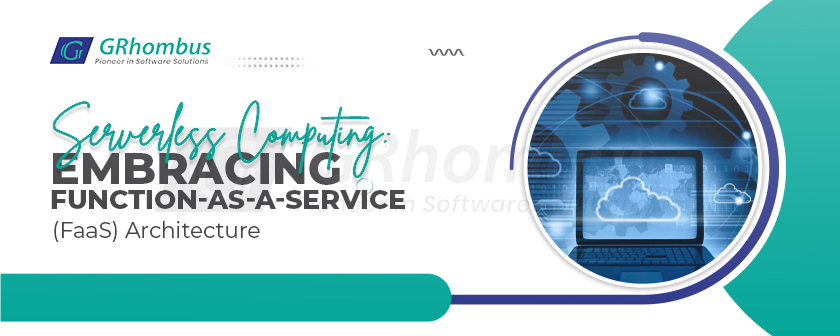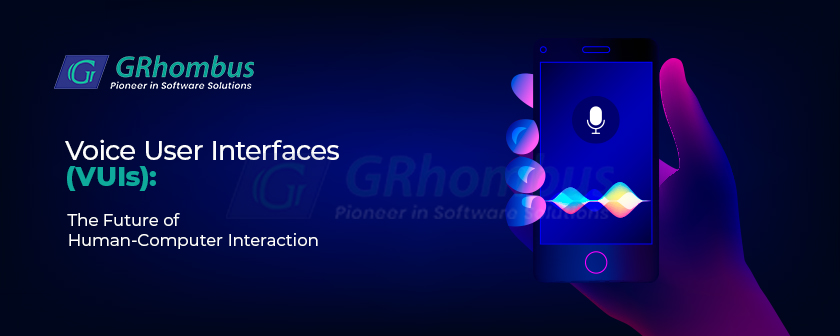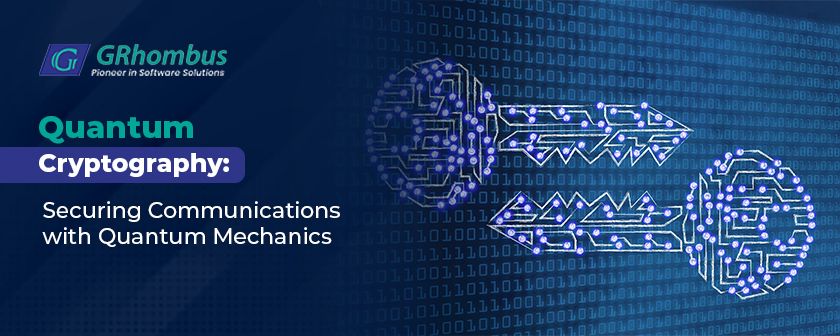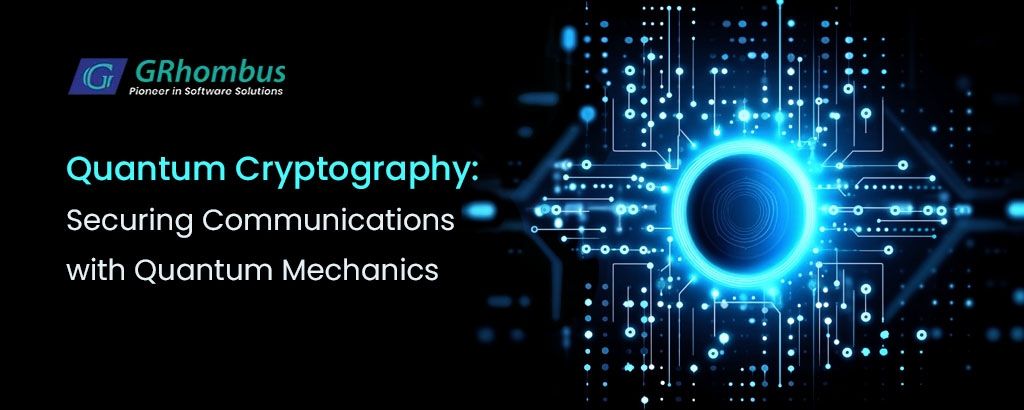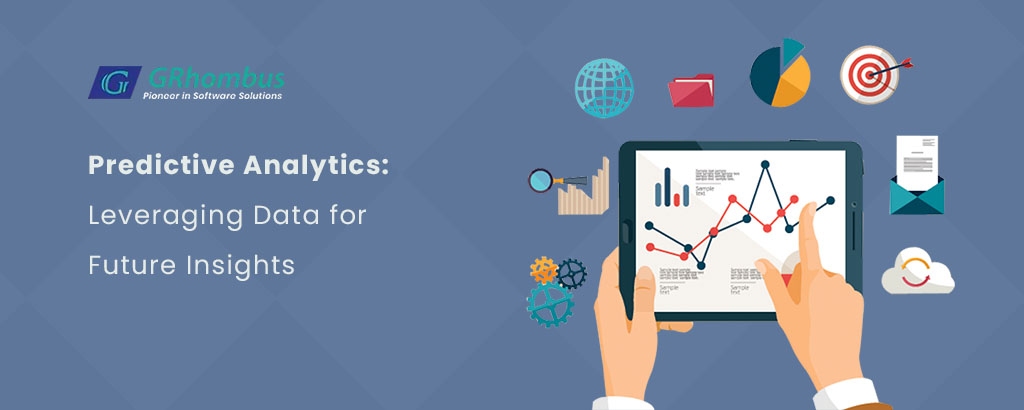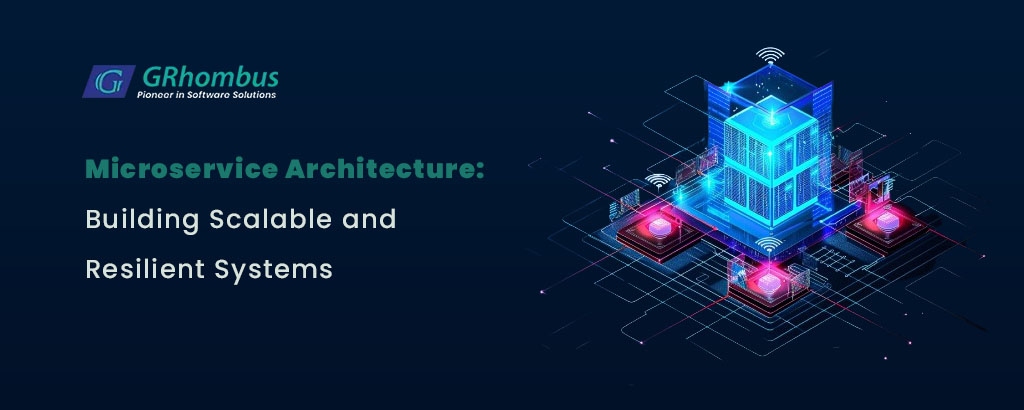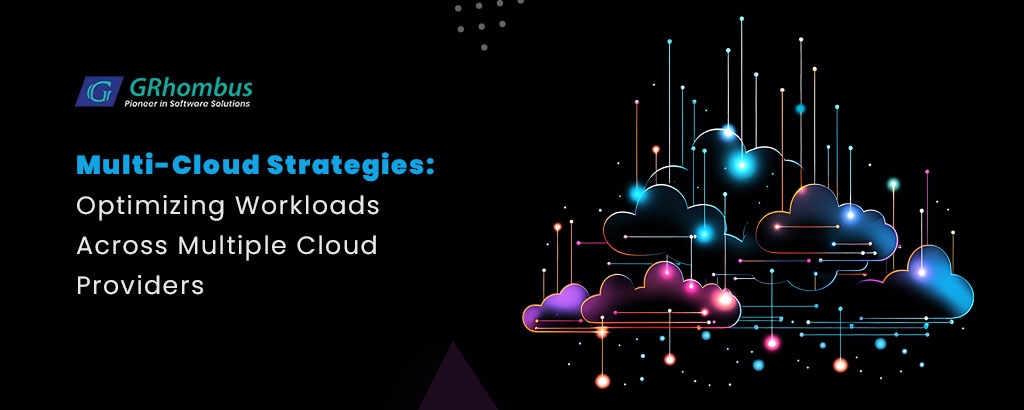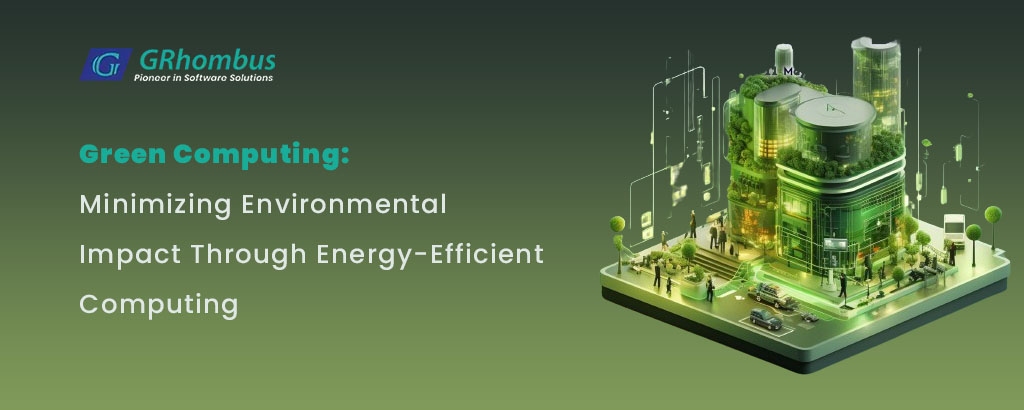Serverless Computing: Embracing Function-as-a-Service (FaaS) Architecture
Serverless computing represents a paradigm shift in how developers deploy and manage applications, marking a move away from traditional server-centric setups to a more dynamic, flexible architecture. Central to this movement is the concept of Function-as-a-Service (FaaS), a model that allows developers to deploy individual functions
Read More
